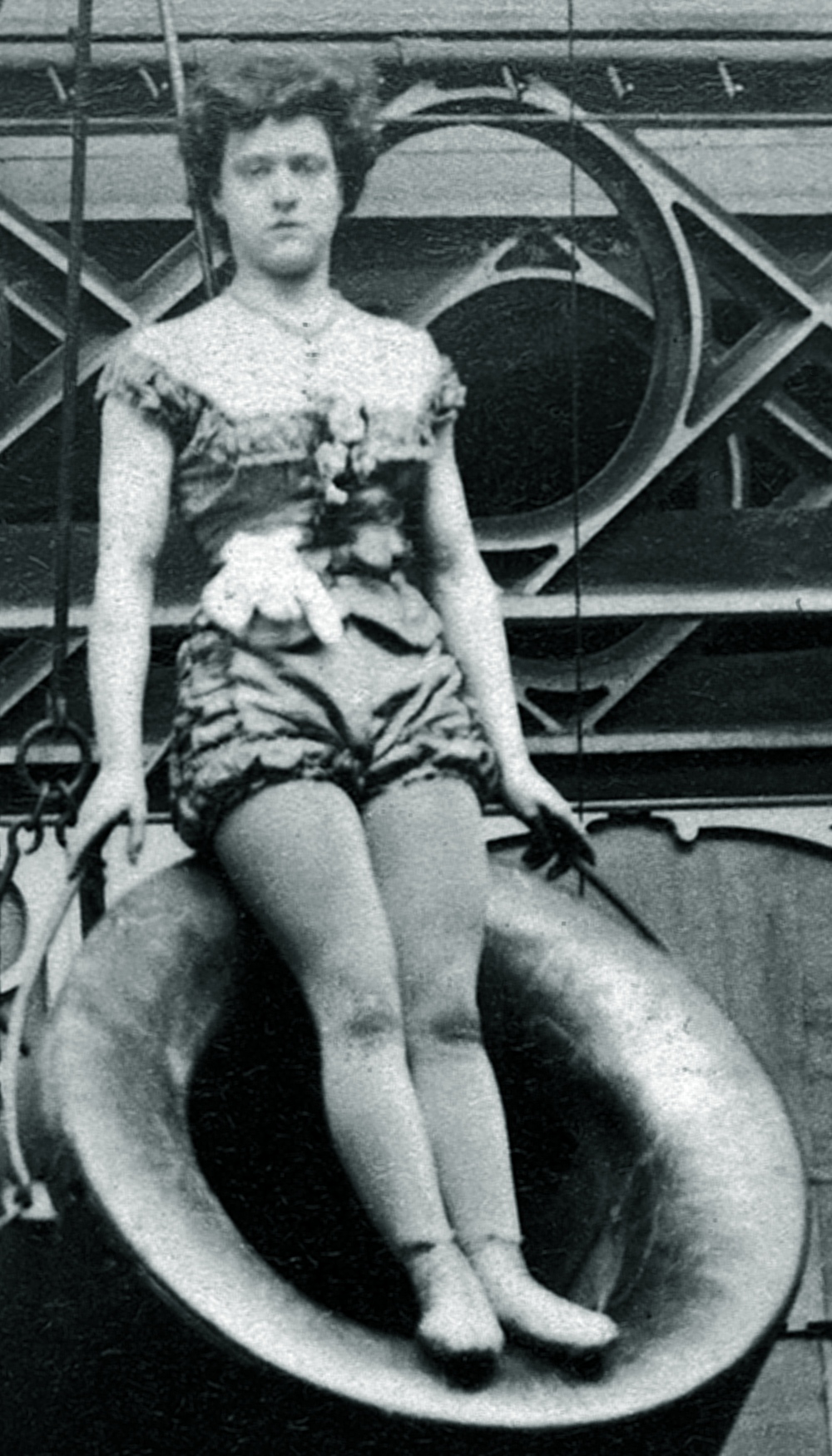Human cannonball on:
[Wikipedia]
[Google]
[Amazon]
The human cannonball act is a performance in which a person who acts as the "cannonball" is ejected from a specially designed cannon. The human cannonball lands on a horizontal net or inflated bag placed at the landing point, as predicted by physics. Outdoor performances may aim at a body of water.
 The first "human" cannonball, launched in 1877 at the
The first "human" cannonball, launched in 1877 at the
History
 The first "human" cannonball, launched in 1877 at the
The first "human" cannonball, launched in 1877 at the Royal Aquarium
The Royal Aquarium and Winter Garden was a place of amusement in Westminster, London. It opened in 1876, and the building was demolished in 1903. The attraction was located northwest of Westminster Abbey on Tothill Street. The building was desi ...
in London
London is the capital and List of urban areas in the United Kingdom, largest city of England and the United Kingdom, with a population of just under 9 million. It stands on the River Thames in south-east England at the head of a estuary dow ...
, was a 17-year-old girl called "Zazel", whose real name was Rossa Matilda Richter
Rossa Matilda Richter (7 April 1860–8 December 1937), who used the stage name Zazel, was an English aerialist and actor who became known as the first human cannonball at the age of 17. She began performing at a very young age, practicing aeria ...
. She was launched by a spring-style cannon invented by the Canadian William Leonard Hunt
William Leonard Hunt (June 10, 1838 – January 17, 1929), also known by the stage name The Great Farini, was a well-known nineteenth- and early twentieth-century Canadian funambulist, entertainment promoter and inventor, as well as the first kn ...
("The Great Farini"). She later toured with the P.T. Barnum Circus. Farini's cannon used rubber springs to launch a person from the cannon, limiting the distance they could be launched. Richter's career as a human cannonball ended when she broke her back during an unrelated tightrope
Tightrope walking, also called funambulism, is the skill of walking along a thin wire or rope. It has a long tradition in various countries and is commonly associated with the circus. Other skills similar to tightrope walking include slack rope ...
act.
In the 1920s, Ildebrando Zacchini invented a cannon that used compressed air to launch a human cannonball. Zacchini shot his son Hugo Zacchini out of the compressed air cannon. Members of the Zacchini family were later inducted into the Ringling Brothers
The Ringling brothers (originally Rüngling) were seven American siblings who transformed their small touring company of performers into one of the largest circuses in the United States during the late 19th and early 20th centuries. Four brothers ...
Circus Hall of Fame.
World record
There is a claim that the current world record for the longest human cannonball flight is , established by David "The Bullet" Smith Jr. on the set of ''Lo Show dei Record'', in Milan, Italy, on March 10, 2011. The distance was measured from the mouth of the cannon to the farthest point reached on the net. Smith was launched by an 8 m (26' 3") long cannon. It was estimated that he traveled at a speed of 120 km/h (74.6 mph), reaching a maximum altitude of 23 m (75' 6"). There is, however, a contradictory claim that Smith's father, David "Cannonball" Smith Sr., set a record of , on August 31, 2002, at The Steele County Free Fair, inOwatonna, Minnesota
Owatonna () is a city in Steele County, Minnesota, Steele County, Minnesota, United States. The population was 25,599 at the 2010 United States Census, 2010 census. It is the county seat of Steele County. Owatonna is home to the Steele County Fair ...
. It is estimated that Smith Sr. traveled at over during the flight.
Recently
Circus performerBello Nock
Bello Nock (born September 27, 1968), often known simply as Bello, is an American daredevil clown and circus performer. Nock has been listed in the ''Guinness Book of World Records'' for his highwire walk over a cruise ship. He has performed s ...
performed a human cannonball stunt involving him flying over the main rotor of a helicopter during the ninth episode of the twelfth season of ''America’s Got Talent''.
Cannon
The impetus in the cannon is provided either by aspring
Spring(s) may refer to:
Common uses
* Spring (season), a season of the year
* Spring (device), a mechanical device that stores energy
* Spring (hydrology), a natural source of water
* Spring (mathematics), a geometric surface in the shape of a h ...
or jet of compressed air
Compressed air is air kept under a pressure that is greater than atmospheric pressure. Compressed air is an important medium for transfer of energy in industrial processes, and is used for power tools such as air hammers, drills, wrenches, an ...
. This makes the device work more like a catapult
A catapult is a ballistic device used to launch a projectile a great distance without the aid of gunpowder or other propellants – particularly various types of ancient and medieval siege engines. A catapult uses the sudden release of stor ...
, where the cylinder propelling the human stops at the mouth of the cannon. Some cannons utilize nitrocellulose
Nitrocellulose (also known as cellulose nitrate, flash paper, flash cotton, guncotton, pyroxylin and flash string, depending on form) is a highly flammable compound formed by nitrating cellulose through exposure to a mixture of nitric acid and ...
, specifically the dinitrate
{{Short pages monitor